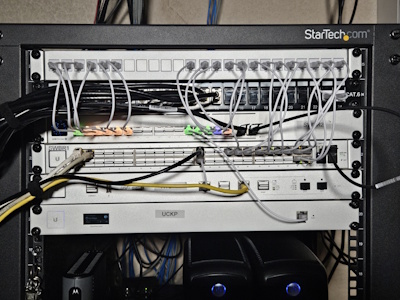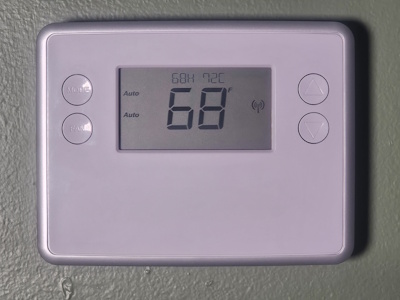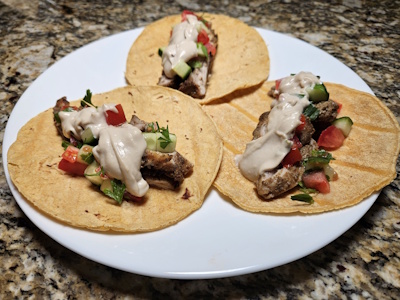Hello, my name is Karyl F. Stein and this is my website–a place to collect artifacts related to my family and interests. Family and friends may enjoy the journal entries. Perhaps some will wonder how I prepared a certain meal and look up the recipe. Searches for technical setup or configuration help may lead to one of my articles. Others may wonder how they got to this site and quickly run away! Whatever your reason for being here you are welcome and I hope that you find something interesting or useful within these pages.
Latest Articles
-
Home Network – 2025 Edition
My home network was originally built to target speeds of up to 1G. When the house was constructed, cat 5e cable was the standard for residential use. And while I installed more network ports after the house was built, I stuck with cat 5e as it was much less expensive than the (faster, but much […]
-
Automating Switching Between a Heat Pump and a Gas Furnace
One cold winter, my gas furnace stopped working and the part that broke was destroyed beyond any temporary repair. Of course this happened on a Friday evening and I had to wait until the following Monday to make a service appointment. Luckily, someone was able to be dispatched that day to get things working again. […]
-
Moving From OpenHAB to Home Assistant
In early 2017, I started playing with home automation. At the time, (and still to this day), a major goal has been to create an automation environment that did not need any sort of Internet connectivity to work, and was based on something that appeared to have a decent-sized community behind it hopefully leading to […]
-
Finished: Citizen Sleeper 2: Starward Vector
Quick Stats Time Played: 53 hours, 47 minutes (two playthroughs)Difficulty Played: NormalAmount Completed: Finished the main game, but did not get all achievementsPlatform: Windows PC with an XBOX controllerPlan to 100%: Probably not Citizen Sleeper 2 is not an easy game for me to describe. It is heavily story-driven and in one sense is akin […]
-
Chicken Shawarma Tacos
The first time I made this recipe, I liked it so much that I immediately put it into my meal plan for the next week. The combination of warm, earthy flavors, citric acid, and the crispness of the cucumbers and parsley really work well together in my view. Of course, you may adjust the toppings […]





